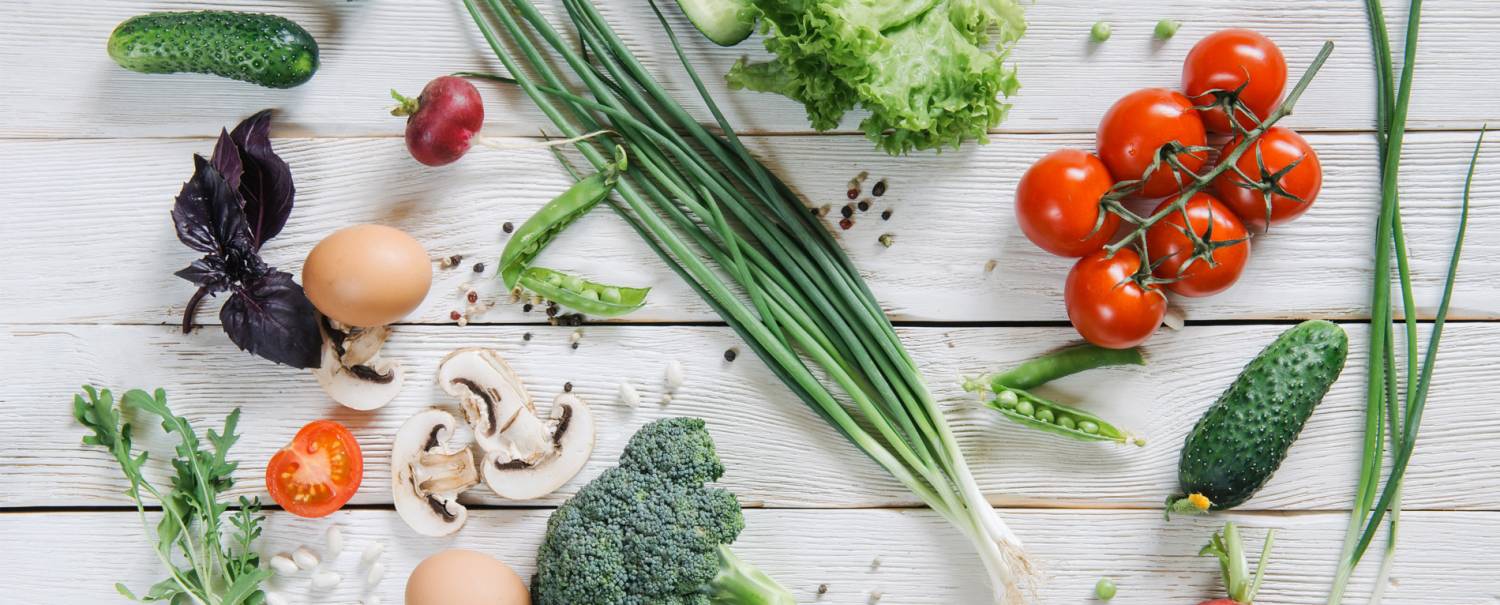Healthy eating
The fashion that is here to stay
Whether it be to take care of your health, improve your appearance, increase sports performance or compensate a deficient diet, the concern to follow a healthy lifestyle is more and more present in today’s society.
TOPIC OF THE MONTH
Share
Consumer preferences are currently changing, and the search for pleasure through food is becoming more and more conscious. We want to enjoy, experiment with new products and flavours, while always keeping in mind that they are nutritious and healthy.
THE NEW CONSUMER
The large quantity of available information has made the current consumer become demanding, critical and sceptical. They know what they want, their main objective is looking for health and wellbeing through what they consume, because they recognise the direct link between food and a healthy lifestyle. That is why the main products in their basket are increasingly healthy, natural, without additives, and also with a sensory aspect, which connects with the search for pleasure through food.
Ultimately, the aim is not to lose weight or to eat healthily because of a diet, but a direct link is established between health and food through the control of what is eaten. Health-conscious consumers introduce the most natural ingredients as possible to their diet; in fact, the increase in consumption of fruit, vegetables and legumes is not only due to the increasing population of vegetarian consumers, but also to the consumers who are trying to increase their intake of healthy foods.
THE FIT WORLD
According to the Sports Statistics Yearbook, published by the Ministry of Education, Culture and Sport, 40% of the population regularly practices a kind of sport. This tendency, linked to the increasing concern for health and wellbeing, also plays an important role in the production and consumption of healthy, natural food.
People who regularly practice sport, need products that provide them with energy immediately, and usually improve their diet with complements in the form of capsules, drinks, energy bars or other types to recharge their batteries.
Health-conscious consumers introduce the most natural ingredients as possible
Also, they usually consume more protein-rich foods, with proven benefits for the health and which provide an extra boost of vitality to recover from a training session. In fact, according to the last study by Nielsen on healthy eating, 32% of respondents look for food with extra protein and 30% also look for food with calcium, vitamins or minerals.
For this reason, there is a wide variety of sports supplements on the market, which are normally used together or as a complement depending on the person’s needs:
• Energy gels: these provide energy to sustain continuous effort and improve physical performance. They are rich in carbohydrates and in some cases also contain ingredients such as taurine or ginseng.
• Energy bars: these contain cereal and syrups which provide instant energy, helping to carry out long duration exercises.
• Soy-protein based products: soy protein contains amino acids which aid muscle formation. They are found as powders, yoghurts or shakes.
• Energy drinks: these are used to recover water and electrolytes lost during exercise. They contain water, carbohydrates and mineral salts. They can also include amino acids, vitamins, probiotics, caffeine, plant extracts, etc.
• Diet supplements: these aid physical recovery and can be found in the form of gels (L-Carnitine / Collagen) and capsules (L-Arginine, L-Glutamine, Creatine, BCAAS branch chain amino acids).

THE “FREE FROM” CONCEPT
Among the tendency of healthy eating, the use of products “free from...” is increasingly popular:
• Gluten-free: not only for gluten intolerant people, but also for those who use cereals such as chia, quinoa or spelt to make or accompany their recipes.
• Sugar-free: as well as for diabetic people, many prefer to use sugar substitutes such as raw cane sugar, natural stevia or honey.
• Lactose-free: more and more people opt for vegetable milk and derivative products.
AND SUPERFOODS?
The appeal of superfoods is especially noticeable and contrasts with so-called enriched foods, as their benefits and nutrients are integrated in a natural way.
According to a report by Mintel, a company specialised in market research and analysis, between 2011 and 2015 sales of so-called ‘superfoods’ increased by 202% on a global scale. This does not just involve ‘superfruits’, which concentrate special health-beneficial nutritional qualities, but also other types of food such as curcuma, cranberries, goji berries, chia seeds, spirulina or quinoa, among others, as they are nutrient-rich foods.
Generally, superfoods are considered as healthy foods, rich in antioxidants and nutrients, and much of their appeal comes from their natural benefits. But you must keep in mind that they are not miracle foods, and eating them will not balance out bad food habits if you have any, or diets rich in sugar or fat.










 ¡Subscribed!
¡Subscribed!